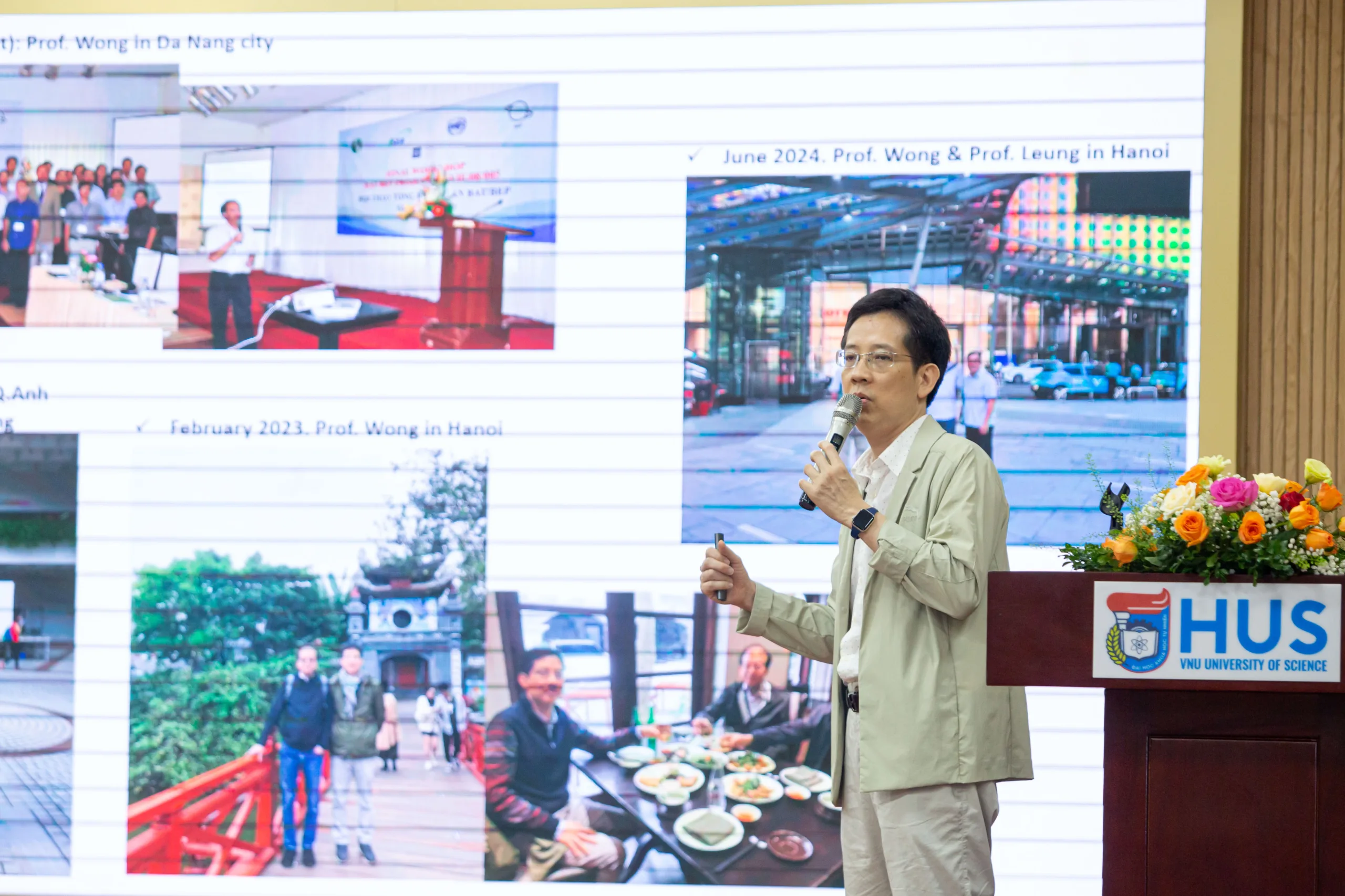1. Could you please share with us a little bit of the insight regarding the upcoming InnovaTalk webinar?
– Professor Holst: I will be presenting a status update on the use of GLP-1 receptor agonists for the treatment of diabetes and obesity. I will provide a recent update on our current status, the effects we can expect, and the potential health benefits of these therapies, along with some background information. It will be a brief presentation as far as I know, as there is not much time, but I will do my best.
2. And could you explain a little bit about the role of GLP-1 in regulating appetite and glucose metabolism and its potential as a therapeutic target for obesity?
– Professor Holst: Yes, in principle, GLP-1 is a nice hormone from the gut that peaks when food is present in the distal small intestine and sends a signal via the nervous system to the brain that there’s enough food down here in the small intestine.
Maybe the capacity for digestion is being used and exceeded; now we should stop eating. It sends a signal to the sensors in the brain to lose appetite and stop eating, and it also inhibits the GI (Gastrointestinal) functions: gastric emptying and intestinal transit.
And at the same time, it also provides the stimulus for insulin secretion so that whatever nutrients have already been absorbed will be deposited via the stimulated secretion of insulin and the inhibition of glucagon. These are the physiological actions of GLP-1, and it turns out that because of these actions, if you give GLP-1 to people, you will see the same effects.
You will see effects on insulin secretion, and you will see effects on appetite and food intake, for which we have definite mechanisms associated with activation of sensors in the brain involved in both the homeostatic and the hedonic regulation of food intake.
You’ll have those effects in the body if you give a GLP-1 analogue. The problem has been to develop analogues that would have sufficient survival time in the body because the endogenous hormone only lasts for a few minutes.
However, that has been possible for a long time now by the pharmaceutical industry. They have been able to develop long-acting agonists of the GLP-1 receptor, which means that we have weekly, once-weekly preparations.
These will have a continuous effect on appetite and food intake and will also stimulate insulin secretion when glucose is elevated, ensuring that blood glucose is regulated back to where it should be again. This is really the background for the actions of this peptide for the therapy of both obesity and diabetes.
3. In your opinion, what are the sorts of future directions or areas of research that are holding the most promise when it comes to addressing unmet needs in patient care in the field of GLP-1?
– Professor Holst: The biggest problem right now is the supply of GLP-1 agonists and the price. These are two extremely important aspects, particularly on a global basis. The prospect of being able to produce small molecules is easier and cheaper.
Because injectables, in fact, are biological, most of them are produced by complex technologies, which are not accessible for everybody. It really requires considerable expertise to do this. So, with chemical compound small molecules, this will be easier. Fortunately, there are these new compounds that are being produced at many sites, with and without a license.
And all of this will contribute to very severe pressure on pricing. So, the prices will come down; there’s no doubt about that. There are apparently big pushes in the United States to force companies to reduce the price of these compounds, and they are currently higher than the production costs. It will be possible, if the pressure continues, to force the companies to lower the prices.
Although they’re in the period when their patent is protected and they think they should recoup their investment, of course, there will be developments of better supplies and lower prices. And I’m not sure it will take a long time before these problems are solved. In fact, that is the most urgent problem with the GLP-1 receptor agonist.
But otherwise, the research is directed at even better accuracy with even fewer side effects. There’s a lot of research going on here where people are trying to understand exactly how the side effects are mediated in the brain because these are brain functions. They are trying to find out whether it’s possible to separate the effects on reward and appetite from the side effects, and this is ongoing research, which is going to be very, very interesting to follow. These are very important aspects: the development of new agents and combinations.
People understand more and more about the regulation of hedonic appetite, and it will be possible for other agents to come into play as well.








